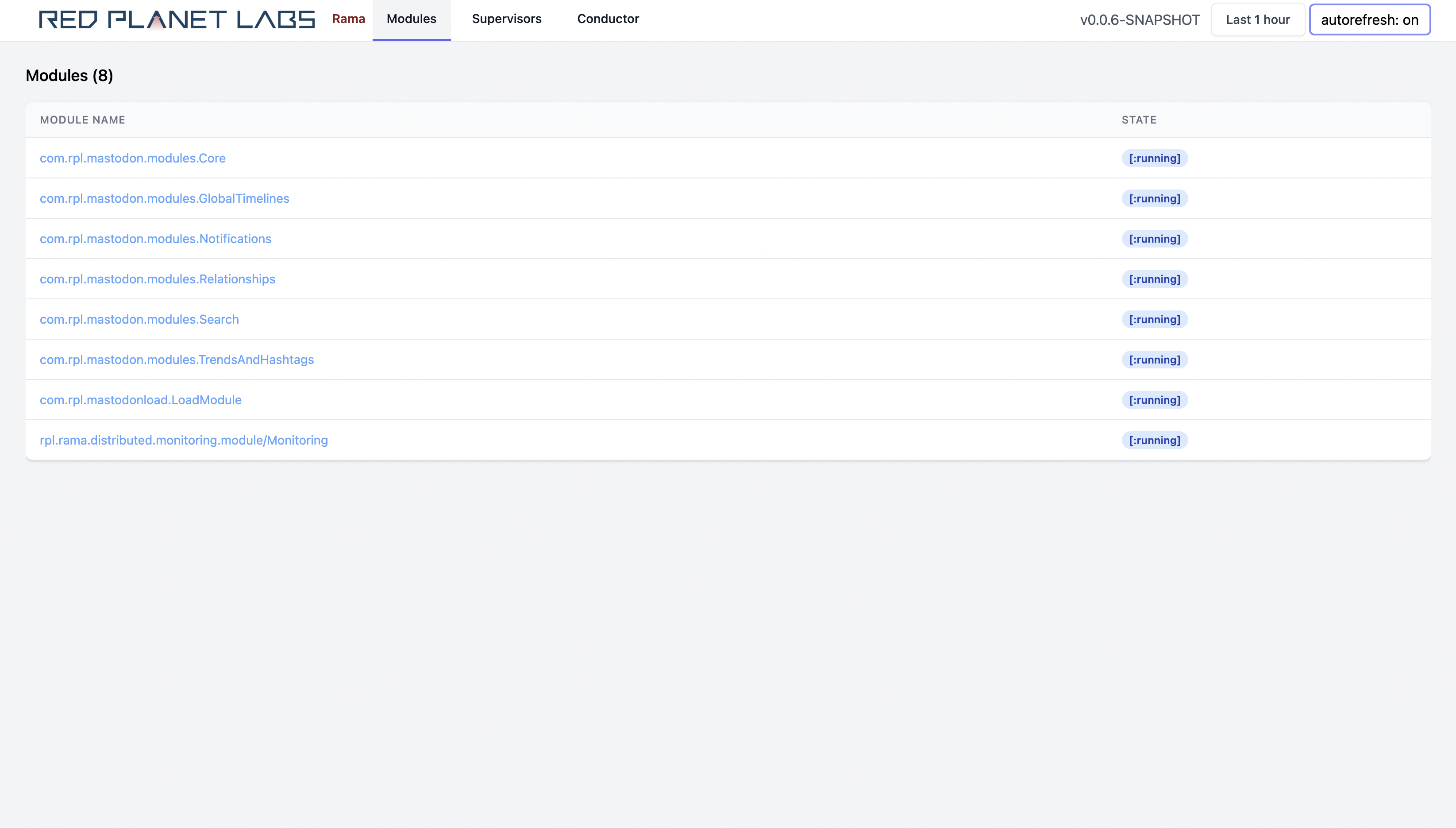They say they they wrote it in 10k lines, while twitter was 1M, but are they including all the packages they’re using (assuming that they are)? Like I can say I built a website with 100 lines, but in reality if you compile all the packages I’m using it’s a shit ton more than that.
Just a lazy thought out loud. Idk I’m probably being dumb
Not dumb at all and it’s kinda annoying when people brag about LoC.
The second bullet point explains it. The whole point is not about building a Twitter clone, it’s about how the framework they are selling enables building highly-scalable apps with much less code required.
So, in this case, the LoC really is the point
Yeah, BRB, moving 90% of my codebase into an “external” library
My app was written in one line: yarn run dev.
Not a package but a service or framework dependency:
Our implementation is built on top of a new platform called Rama that we at Red Planet Labs have developed over the past 10 years. This is the first time we’re talking about Rama publicly. Rama unifies computation and storage into a coherent model capable of building end-to-end backends at any scale in 100x less code than otherwise.
Right now it’s an ad for their platform/framework.
When they release it as open source supposedly in two weeks it may be something !programming.
And it’s written in Java. Even though I’m not a huge fan of Java, it’s almost refreshing to see a new project claiming high performance that isn’t written in Rust or Go.
Souns too good to be true, there gotta be some catch.
First catch is probably the LoC used to make that engine they’re talking about they wrote it in. You can set up an entire rudimentary webserver in Python in a dozen or so lines by starting off with
import http.server. It won’t be a good production ready HTTP server but it will serve HTTP
Huh. This looks… very cool. Hopefully, it’s true
Isn’t 99% of Twitter code the tracking and spoonfeeding of sponsored content?
Do Lemmy next.







